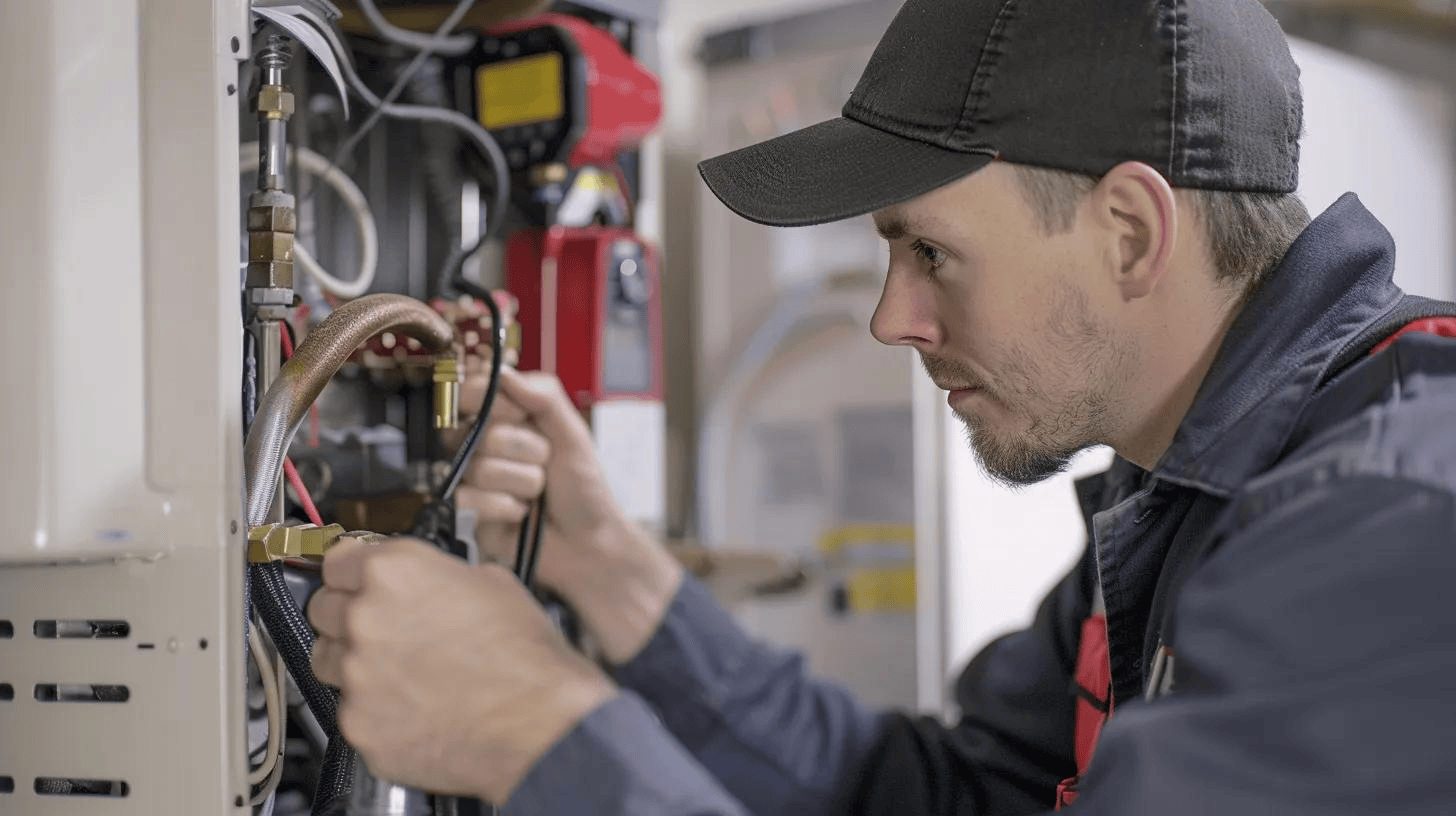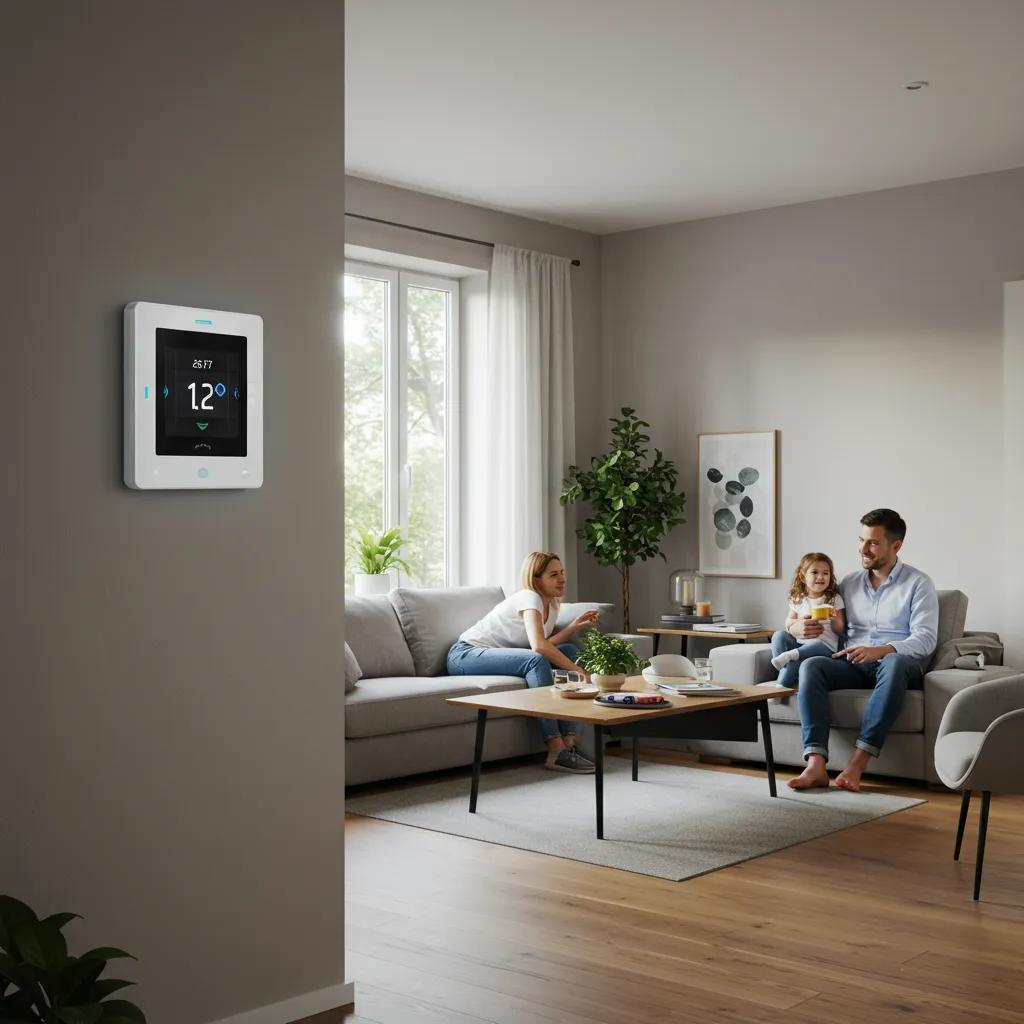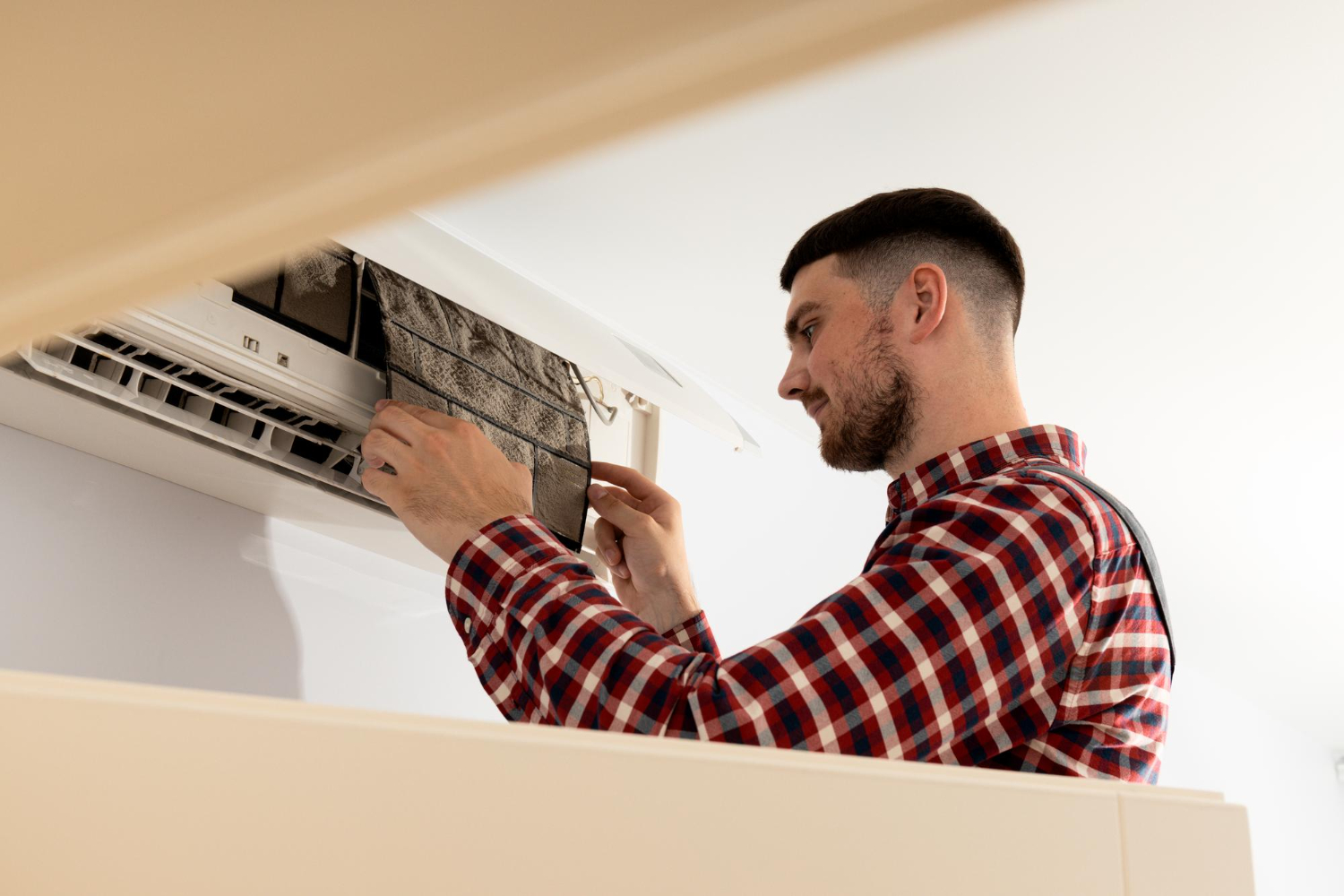HVAC System Lifespan & ROI in Paso Robles: Repair, Maintain, or Replace Your Investment?
Your HVAC system is more than just a box that heats or cools your home; it's a significant investment in your comfort, health, and property value, especially here in Paso Robles where temperatures can swing dramatically. When that familiar hum starts sounding less reliable or your energy bills creep up, you face a common homeowner dilemma: do you repair the existing system, or is it time to consider replacing it?
Making the right choice requires understanding your system's expected lifespan, the real impact of maintenance, and how to calculate the long-term financial return on investment (ROI) for repair versus replacement. Let's break it down for homeowners in the Central Coast region.
Understanding Your HVAC System's Lifespan in Paso Robles
Knowing the average lifespan of different HVAC components is the first step. While these are general guidelines, they provide a useful benchmark
- Central Air Conditioners: Typically last 15 to 20 years, though some can reach 25 with diligent maintenance
- Gas Furnaces: Often the longest-lasting component, averaging 20 to 30 years
- Heat Pumps: Similar to AC units, usually last around 15 years, potentially longer with maintenance
- Ductless Mini-Splits: Generally have a lifespan of 10 to 16 years
- Boilers (less common in residential Paso Robles): Can last 20 to 35 years
Factors specifically impacting lifespan in the Paso Robles climate include the intensity and duration of usage (our hot summers put significant strain on ACs), airborne dust and debris that can clog filters and coils, and the quality of the initial installation. A system that wasn't properly sized or installed can fail prematurely regardless of its inherent quality
Maximize Lifespan: The Power of Regular Maintenance
Think of regular HVAC maintenance like oil changes for your car – essential for longevity and performance. A well-maintained system doesn't just last longer; it operates more efficiently, saving you money on energy bills and preventing costly breakdowns.
How maintenance helps:
- Improved Efficiency: Clean coils, proper refrigerant levels, and clear airflow mean the system doesn't have to work as hard. This can lead to 15-20% less energy consumption.
- Extended Life: Reducing strain on components prevents wear and tear, potentially adding 5-10 years to your system's life.
- Preventative Care: Technicians can spot minor issues before they become major, expensive problems.
- Optimal Performance: Ensures your system provides consistent and reliable heating and cooling throughout your home .
DIY maintenance for Paso Robles homeowners includes regularly changing air filters (every 1-3 months, especially during peak seasons) and ensuring the outdoor unit is free of debris and foliage.
Professional tune-ups are crucial. During a professional visit, a technician performs comprehensive checks, cleaning, lubrication, and adjustments that are beyond the scope of DIY].
The value of enrolling in a maintenance plan with a local professional like Straight Line Heating and Cooling goes beyond just getting tune-ups. Plans often include benefits like priority scheduling, discounted repairs, and can be a calculated investment that saves you money in the long run through preventing expensive emergencies and maximizing efficiency.
Signs It's Time to Consider Replacement
While maintenance helps, no system lasts forever. Watch for these indicators that your HVAC system might be nearing the end of its useful life:
- Age: If your system is 10-15 years or older, especially if it's experiencing issues, replacement becomes a more viable option.
- Frequent, Costly Repairs: Needing multiple repairs each year or facing a single repair bill that is a significant percentage of the replacement cost is a major red flag.
- Rising Energy Bills: If your heating and cooling costs are increasing without a change in usage, it indicates declining efficiency.
- Poor Performance: Uneven temperatures throughout the house, difficulty maintaining the set temperature, weak airflow, or excessive noise are signs of an ailing system .
- Uses R-22 Refrigerant: If your system uses R-22 refrigerant (Freon), replacement parts are becoming scarce and expensive due to its phase-out [10]. Replacing an R-22 system is often the most practical solution.
- System is Mismatched: Components (like the indoor coil and outdoor unit) should be properly matched for optimal efficiency and performance. Mismatched systems don't perform as rated and may wear out faste.
Calculating Your HVAC ROI: Repair vs. Replace
The decision often boils down to financials. Calculating the potential Return on Investment (ROI) for a new system involves comparing the costs and savings over time.
Here’s a simplified way to look at ROI:
- Estimate Ongoing Repair Costs: Look back at your repair history. How much have you spent in the last few years? How much is the current repair estimate? Project potential future repair costs for your aging system.
- Consider the Rule of Thumb: A common guideline is: If the cost of the repair multiplied by the age of the unit exceeds $5,000, replacement is likely the more cost-effective option. (Age of unit * Cost of repair) > $5,000 = Consider Replacement.
- Estimate Replacement Cost: Get a quote for a new, energy-efficient system tailored to your home size and Paso Robles' climate needs. Full HVAC system replacement in California averages between $7,500 and $14,100, but this can vary based on system type, efficiency rating, and home specifics.
- Calculate Potential Energy Savings: New systems, especially those with high SEER (Seasonal Energy Efficiency Ratio) or SEER2 ratings, are significantly more efficient than older units. Research suggests new systems can be 20-40% more efficient than systems from 10-15 years ago [14]. Estimate your potential annual energy savings based on your current bills and the efficiency difference. While specific Paso Robles energy costs vary, any percentage saving translates directly to dollars saved each month.
- Calculate Total Annual Savings: Add the estimated annual energy savings to the estimated annual savings from avoided repairs.
- Determine Payback Period: Divide the initial replacement cost by the total annual savings. This gives you an estimate of how many years it will take for the energy and repair savings to cover the cost of the new system .
- Calculate Long-Term ROI: Project the total savings over the expected lifespan of the new system (15-20+ years), subtracting the initial investment. This shows the net financial benefit over the system's life.
Beyond direct savings, a new, efficient HVAC system can increase your Paso Robles home's market value, further boosting your overall ROI.
Exploring Energy-Efficient Upgrade Options
If replacement is the path forward, consider modern, energy-efficient technologies:
- High SEER/SEER2 Systems: Higher ratings mean greater energy efficiency and lower operating costs.
- Variable-Speed Systems: These adjust output based on demand, providing more consistent comfort and greater efficiency than single-speed systems.
- Smart Thermostats: Allow for precise control, remote access, and learning capabilities to optimize energy usage based on your habits .
- Zone Control Systems: Allow you to heat or cool only the areas of your home being used, saving energy [13].
Properly sizing the new equipment for your home is critical; an oversized or undersized system will not operate efficiently or last as long .
Choosing the Right HVAC Partner in Paso Robles
Whether you need maintenance, a repair assessment, or a replacement quote, choosing a qualified and reputable local HVAC contractor in Paso Robles is essential [22]. Local expertise means they understand the specific climate challenges of the Central Coast, local building codes, and can recommend systems best suited for the area .
Look for licensed, insured contractors with good reviews and a history of quality workmanship. Get multiple quotes and ask detailed questions about the proposed system, installation process, and warranties.
Straight Line Heating and Cooling has been serving the Central Coast since 1995, offering reliable, professional service backed by years of experience and a commitment to quality. We understand the specific HVAC needs of Paso Robles homes and businesses.
Conclusion
Your HVAC system is a critical component of your home's comfort and efficiency. Understanding its expected lifespan, committing to regular maintenance, and knowing the signs that indicate it's time for replacement are key steps in maximizing your investment. While the initial cost of replacement can seem daunting, calculating the long-term ROI through energy savings and avoided repair costs often reveals it's the more financially sound decision for aging systems.
Don't wait for a complete breakdown to make a plan. Assess your current system's age and performance, prioritize regular maintenance, and if you suspect it's nearing the end, consult with a trusted local HVAC professional in Paso Robles. They can provide a thorough evaluation and help you explore your options repair, maintain, or replace to ensure your home remains comfortable and your investment is maximized.
FAQs
Q: How often should I have my HVAC system professionally serviced in Paso Robles?
A: It's recommended to have your system professionally checked at least once a year, ideally twice – one tune-up for the heating system before winter and one for the cooling system before summer. This is especially important in Paso Robles with our distinct seasons.
Q: Can neglecting maintenance really shorten my HVAC system's lifespan?
A: Yes, absolutely. Skipping professional tune-ups allows minor issues to worsen, components to wear out faster, and efficiency to drop significantly, all of which contribute to premature system failure.
Q: My HVAC system is over 15 years old but still works. Should I replace it?
A: Even if an older system is still running, its efficiency is likely much lower than newer models, leading to higher energy bills. Also, the risk of expensive breakdowns increases with age. It's wise to get a professional assessment to compare the cost of continued operation and potential repairs versus the cost and energy savings of a new, more efficient system.
Q: How can I tell if my aging system is inefficient?
A: A significant indicator is rising energy bills without a corresponding increase in usage. Other signs include your system running constantly to maintain temperature, inconsistent temperatures throughout the house, or strange noises.
Q: What does SEER or SEER2 mean?
A: SEER (Seasonal Energy Efficiency Ratio) and SEER2 are metrics used to measure the energy efficiency of air conditioners and heat pumps. Higher numbers indicate greater efficiency. Replacing an old system with a higher SEER2 unit can lead to substantial energy savings over time.


HVAC Financing Available!
Get 0% Financing for 12 Months with Deferred Interest! Enjoy no payments and no interest on select plans.





Customer Testimonials







